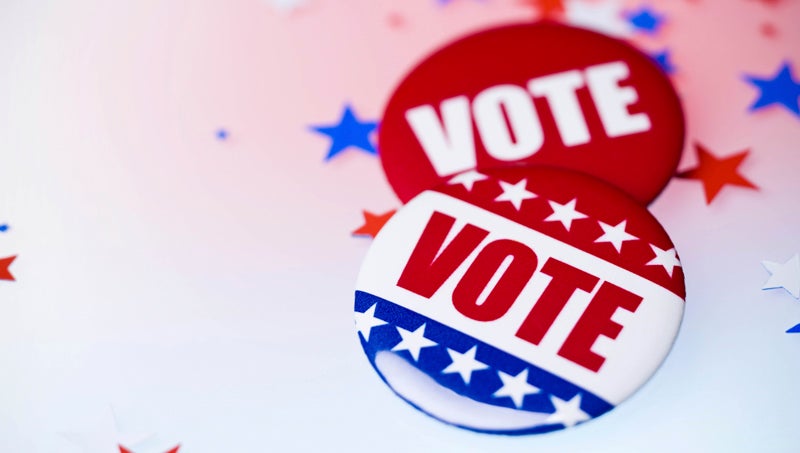John Small School event brings N.C. History to life
Published 7:54 pm Monday, December 17, 2018

- N.C. MYSTERY: Brianna Norman, pictured here dressed in period clothing, shared her thoughts on the fate of the Lost Colony. She hypothesizes that Native Americans of the Croatan tribe killed the settlers. (Matt Debnam/Daily News)
People, places, things and events from North Carolina history were on vibrant display at John Small Elementary Thursday, as 100 fourth and fifth graders from the school’s enrichment class participated in the biannual “Living Wax Museum.”
From the Lost Colony to Andy Griffith, student projects spanned the entirety of North Carolina’s past, giving their schoolmates and visiting parents a glimpse of some of the state’s more interesting natives and locales.
“We like to have a different theme each year, just for variation,” JSS Enrichment teacher Kathryn Bryant said. “This year’s theme was ‘Tarheel Treasures,’ so students chose topics that were about North Carolina people, places and inventions.”
For each project, students were required to write a paper and list fun facts on their topic, pinpoint points of origin on a state map and cite their research sources. Additionally, each student was allowed the opportunity to film a short video on their subject in front of a green screen, giving them the opportunity to use technology and practice public speaking.

WASHINGTON NATIVE: Eva Hill’s project highlighted Washington native Susan Dimock, a pioneer in American medicine. (Matt Debnam/Daily News)
“I had them include references to reinforce the idea that you have to give credit where credit is due,” Bryant said.
From writing and history to geography and research skills, the event served as an opportunity for students to sharpen their skills in each of these subjects. For fourth grade students, who study North Carolina history throughout the year, the living wax museum served as a chance to see curriculum come to life.
Adding a touch of the professional to the event, historians from the North Carolina History Museum were also on hand at the Living Wax Museum. With replicated and authentic artifacts on hand, students were given a chance to physically touch history, in addition to learning about it from their peers.
“I really like doing this project because it gives students experience with a variety of skills,” Bryant said. “This is how I preserve history. In my classroom we learn about a lot of things, but to get them involved in researching history, that’s how I keep it alive for them.”





